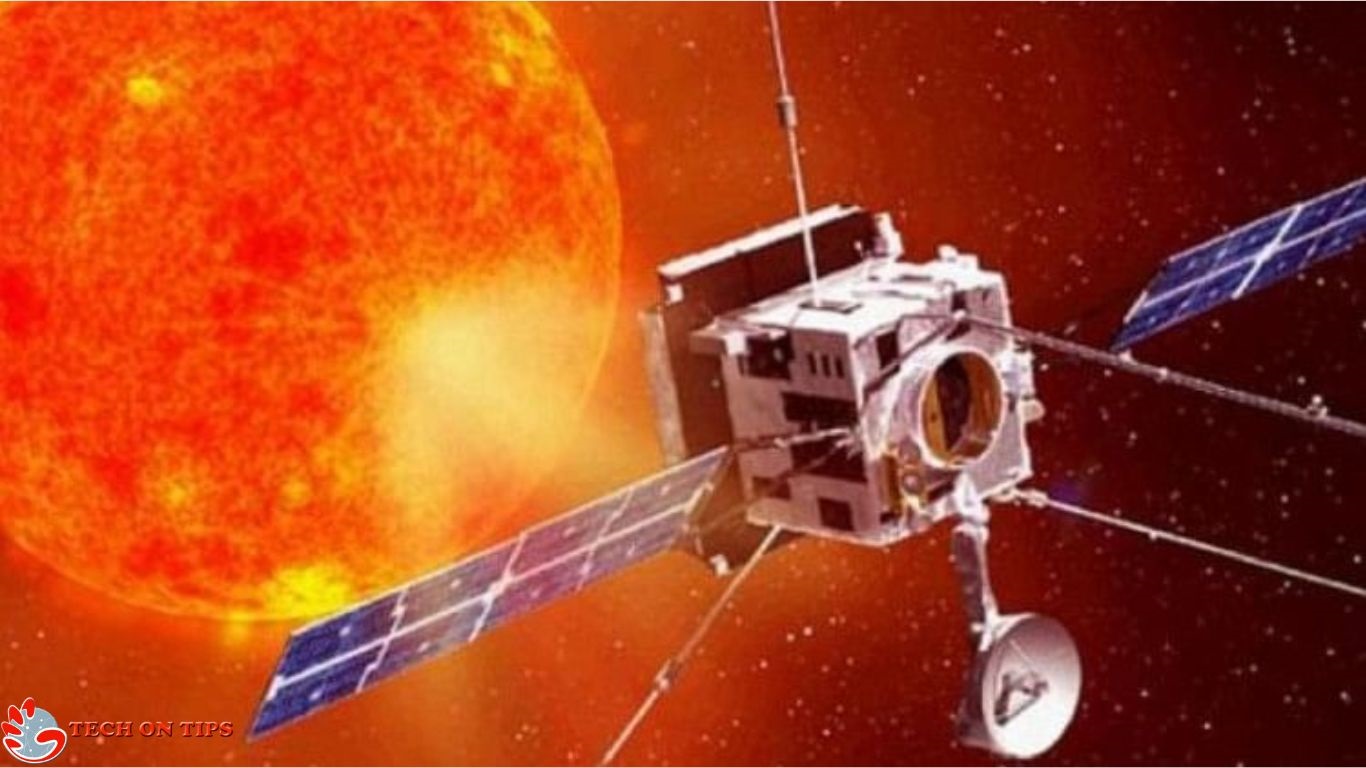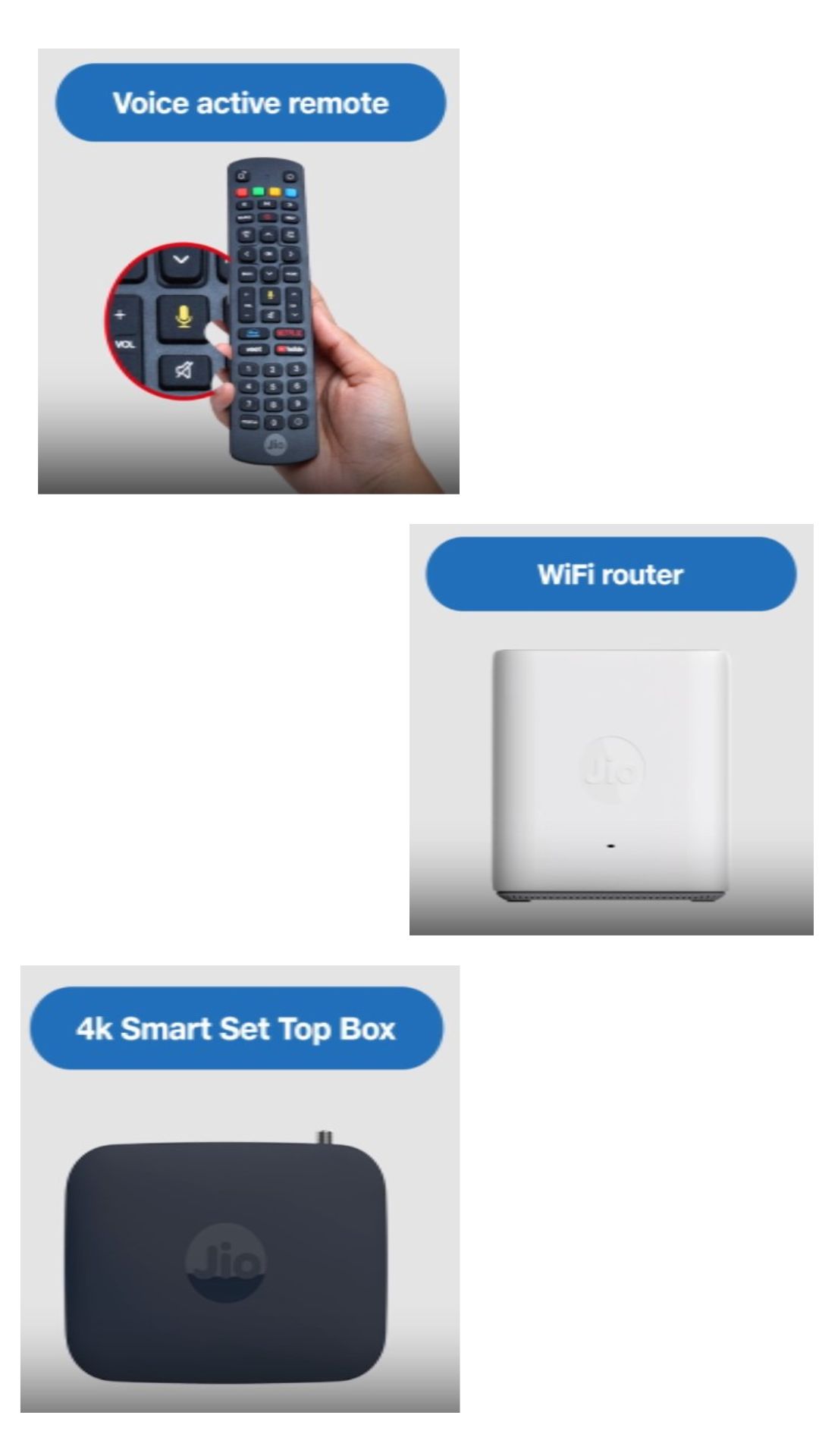Aditya-L1, India’s first solar mission to study the Sun, will launch on September 2 at 11.50 a.m. from Sriharikota spaceport following the successful Chandrayaan-3 mission to the Moon, according to a Monday announcement from ISRO.
The Aditya-L1 spacecraft is intended to perform in-situ studies of the solar wind at L1 (Sun-Earth Lagrange point), which is about 1.5 million kilometres from Earth, as well as remote observations of the solar corona at L1.
The gravitational pull of the Sun and the Earth creates heightened zones of attraction and repulsion at Lagrange Points, which are points in space. According to NASA, they can be utilized by spacecraft to lower the amount of fuel needed to maintain orbit. Josephy-Louis Lagrange, an Italian-French mathematician, is remembered by the name Lagrange Points.
The PSLV-C57 rocket will be used to launch the spacecraft, which would be the first Indian observatory to study the Sun in space, according to a social media post by the space agency with its Bengaluru headquarters.
Aditya-L1 would carry seven payloads to examine the photosphere, chromosphere, and corona—the Sun’s outermost layers—in various wavebands as part of its mission to study the Sun from an orbit around the L1.
An ISRO official said that Aditya-L1 was a wholly domestic project in which national institutions took part.
The Visible Emission Line Coronagraph (VELC) payload for the mission is being developed by the Inter-University Centre for Astronomy and Astrophysics in Pune, while the Solar Ultraviolet Imaging Telescope (SUIT) payload is being developed by the Bengaluru-based Indian Institute of Astrophysics (IIA).
According to ISRO, the goal of VELC is to gather data that will help scientists understand how the corona can get as hot as a million degrees while the Sun’s surface only gets to a temperature of a little over 6000 degrees.
Aditya-L1 can make observations of the solar chromosphere, corona, and flares using its X-ray and UV payloads, respectively. Information on charged particles and the magnetic field that reach the halo orbit around L1 can be obtained from the particle detectors and the magnetometer payload.
The satellite, which was created by the U.R. Rao Satellite Center in this city, landed at the Andhra Pradesh spaceport of the ISRO earlier this month.
It will be positioned in a halo orbit around the Sun-Earth system’s L1 point.
According to ISRO, the main benefit of a satellite positioned in the halo orbit around the L1 point is that it can observe the Sun continuously without any planets obscuring the view or producing eclipses. It claimed that the ability to watch the solar activity and how it affects the space weather in real time would be improved.
Four payloads would use the unique vantage point L1 to observe the Sun directly, and the remaining three payloads would be used to conduct in-situ particle and field studies at the L1 point. This would allow for significant scientific investigations into how solar dynamics propagate through the interplanetary medium.
The most important data to comprehend the issue of coronal heating, coronal mass ejections (CME), pre-flare and flare activities and their features, dynamics of space weather, propagation of particles and fields, etc., is anticipated to be provided by the SUITs of the Aditya L1 payloads, according to ISRO.
The Aditya-L1 mission’s primary scientific goals are to: observe the in-situ particle and plasma environment, providing data for the study of particle dynamics from the Sun; study solar upper atmospheric (chromosphere and corona) dynamics; study chromospheric and coronal heating; study the physics of the partially ionized plasma; initiate coronal mass ejections; and study the solar corona and its heating mechanism.
Additionally, the mission seeks to investigate the temperature, velocity, and density of the coronal and coronal loop plasmas, as well as the development, dynamics, and origin of CMEs. Determine the series of events that take place at various layers (chromosphere, base, and extended corona) and eventually result in solar eruptive events, as well as the topology and measurements of the magnetic field in the solar corona and the factors that influence space weather (the origin, make-up, and dynamics of solar wind).
Aditya-L1’s equipment is set up to observe the solar atmosphere, primarily the corona and chromosphere. At the L1 site, in-situ instruments will monitor the immediate surroundings.










